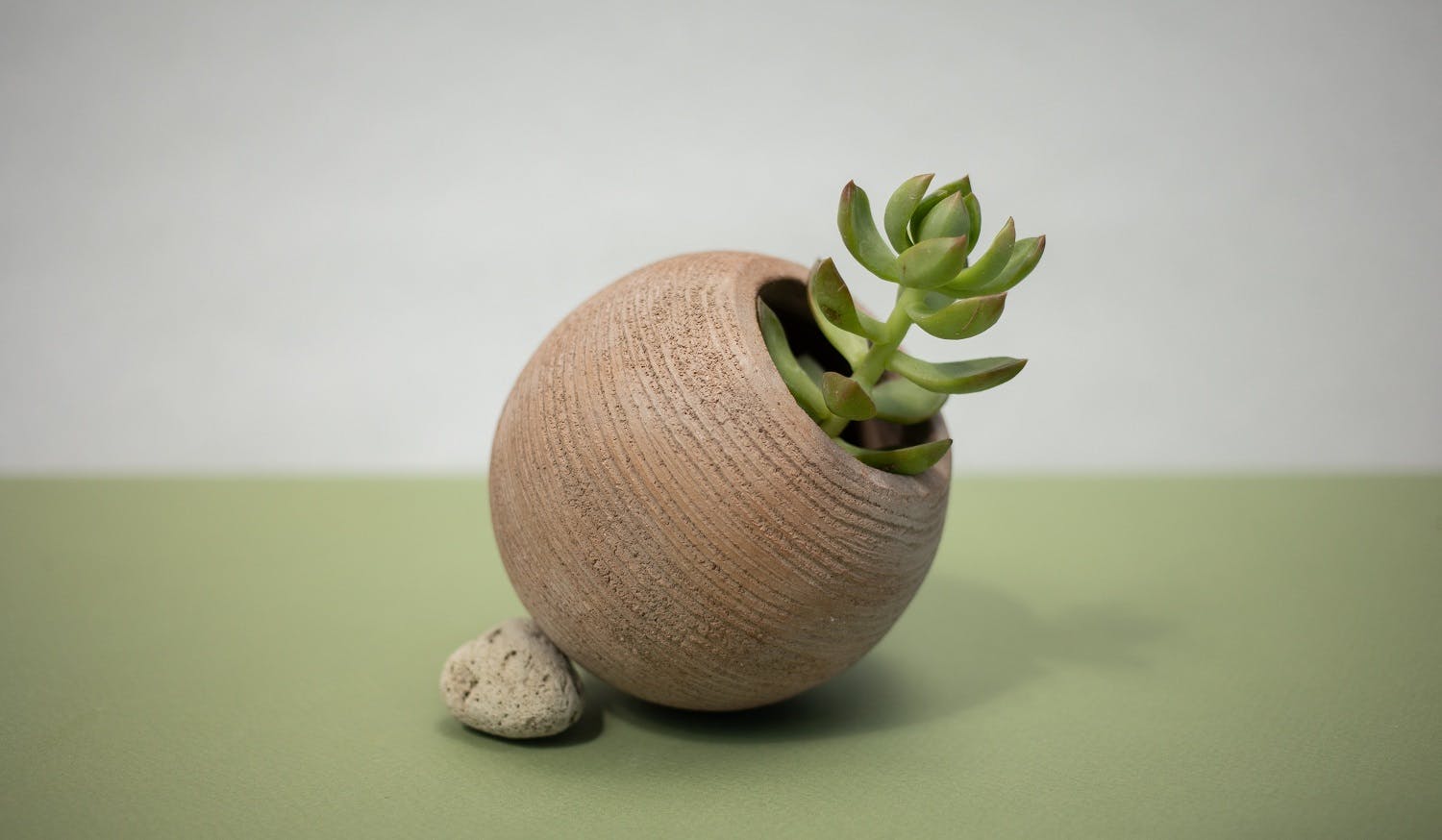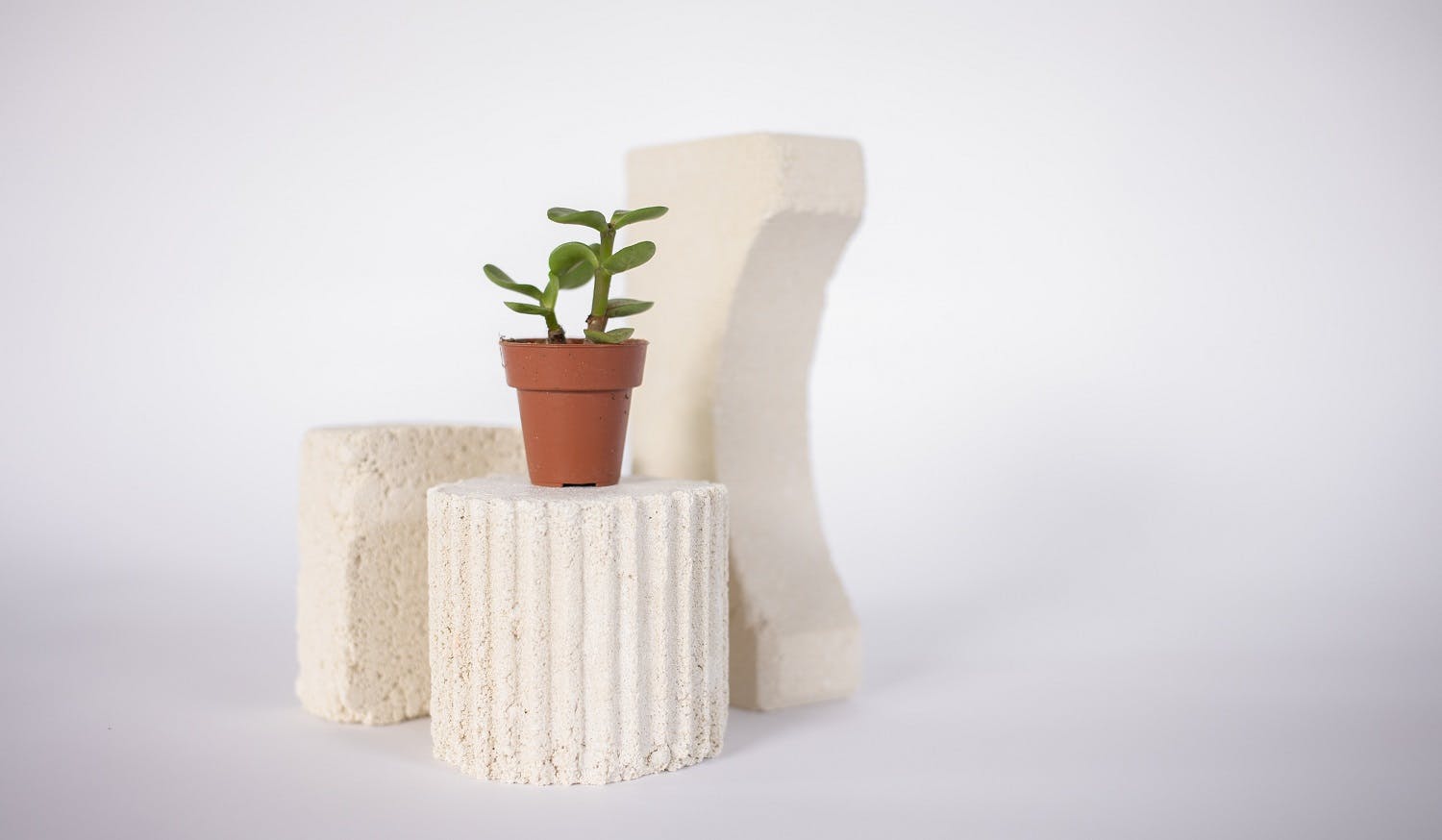Taking Care of Jade Plants
Taking care of jade plants is pretty straightforward and easy. Many people enjoy keeping jade plants in their homes and offices because they are thought to be good luck symbols. But you don't have to be lucky to learn about proper jade plant care and maintenance!
Continue reading and you will find out how to take care of a jade plant. You are going to learn about the most crucial variables to consider when cultivating jade houseplants: water, light, temperature, and fertilizer.
Watering a Jade Plant
Because jade plants are succulents (they store water in their leaves), they do not thrive in consistently moist soil, so let the top 1 to 2 inches of soil dry between waterings. Indoors, this would most likely require watering once every 2 to 3 weeks—but check frequently! Keep in mind that if blisters form on the leaves, the plants are getting too much water, therefore reduce the frequency and volume.
If you've put your jade plants outside for the summer, bring them inside if it's forecast to rain continuously for more than a couple of days in a row, so they don't become soggy. During the winter, jade plants grow more slowly and may not require as much watering.

Jade Plant Sunlight Requirements
A minimum of six hours of strong light per day are required for jade plants. Young plants should be kept in bright, indirect sunshine, although large, well-established jade plants can tolerate more direct sunlight. Kitchens and offices with south-facing windows, as well as western-facing windows, are often wonderful sites with just enough light. Low-light jade plants can become lanky and top heavy, making them vulnerable to injury if they topple over or become unable to support their own branches!
Temperature Requirements for Jade Plants
Room temperatures between 65° and 75°F (18° and 24°C) are ideal for jade plants, but they prefer slightly cooler temperatures at night and in the winter, down to 55°F (13°C). Because jade plants are not frost hardy, if you keep them outside during the summer, bring them inside once temperatures drop to roughly 50°F (10°C) in the autumn. Keep jade plants away from cold windows and out of drafty areas throughout the winter. Jade plants may shed their leaves when exposed to cold temperatures.
Jade Plant Fertilization
Fertilize your jade plant once every six months for optimum jade plant care. Use a water-soluble fertilizer that is well-balanced. It is critical to remember that you should water your jade plant on a regular basis before applying fertilizer water. Fertilize your jade plant only when the soil is dry to avoid damaging the roots.
Repotting Jade Plants
Jade plants are not bothered by being root bound in a small pot. In fact, having them root bound keeps the jade smaller and easier to manage. To foster growth, repot young jade plants every 2 to 3 years. Repot older jade once every 4 or 5 years, or as needed. Plant in early spring, as soon as the growth season begins. Water the plant for about a week after repotting. To avoid mistakenly burning new roots, wait at least a month before fertilizing.

Common Pests/Diseases
These are some of the most common jade plant pests and diseases:
- Mealybugs and scales can lurk beneath stems and leaves. To get rid of the pests, use a spray bottle of water or a paper towel or cotton swab dampened with rubbing alcohol. Repeated treatments will be required to eliminate the pests' offspring. If the plant is severely infested, it may be best to take a clean cutting and start over.
- Powdery mildew can be a concern inside, but it is unusual.
- Excessive moisture in the soil causes root rot. Allow the soil to dry between waterings.
- Shriveled or wrinkled leaves indicate a thirsty plant that needs more frequent or deeper waterings.
- The plant's waterlogged and squishy leaves showed that it is receiving too much water.
- Leaf drop is also a sign of a watering problem or cold temperatures.
Shop Plant Indoor Pesticide Now
Takeaway
Your jade plant may grow and thrive with the same vigor and beauty as the trees it resembles if given enough strong direct sunshine, warmth, the correct potting soil, and an occasional watering schedule. For more information, talk to one of our Plant care Experts and get customized advice by submitting a request in our Mavyn website.
